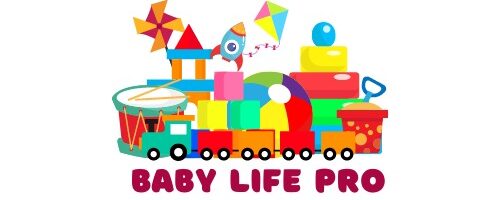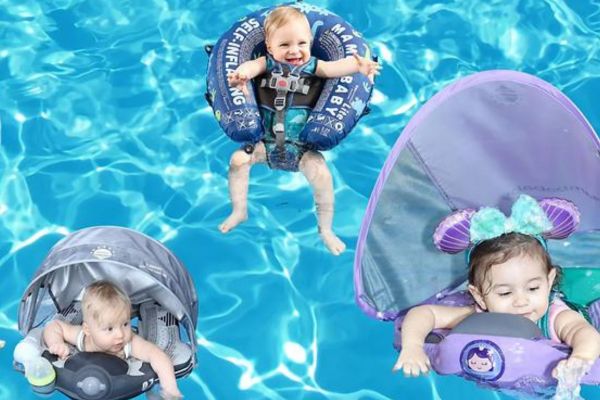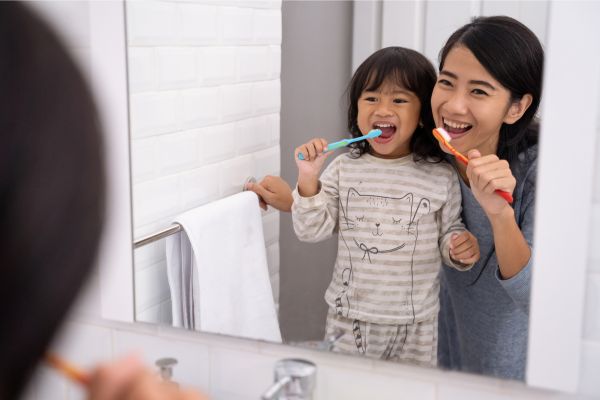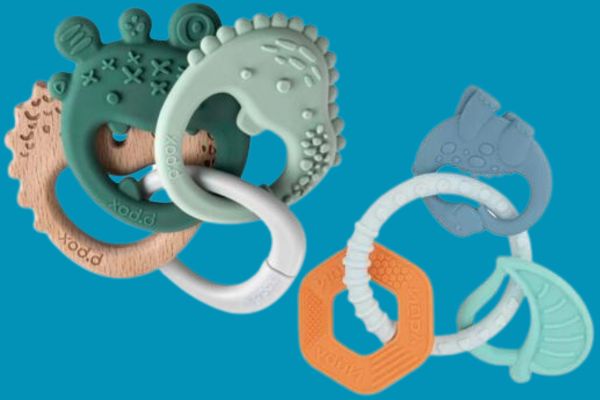Cause And Effect Toys For Babies
Cause And Effect Toys For Babies
Nurturing Early Development
Early childhood education is an essential aspect of every child’s developmental journey. Providing a supportive and encouraging environment during a child’s early years lays the foundation for lifelong learning and success. From responsible care to interactive play and enrichment experiences, fostering early development is not a responsibility but a profound privilege. And that children get the best possible start in life and are set on a path to complete development and a bright future.
Understanding Cause and Effect in Early Childhood
Understanding cause and effect in early childhood is an important developmental milestone that lays the foundation for cognitive development and problem-solving skills. As children explore their surroundings and interact with the world, they begin to understand the basic concept that actions have consequences.
This cognitive leap enhances their decision-making abilities and fosters empathy and social understanding. Parents, caregivers, and educators play an essential role in developing this skill by providing opportunities for exploration, encouraging questions, and guiding children through real-life situations.
The Significance of Cause and Effect Toys
-
Cognitive Development
Cognitive development refers to acquiring knowledge, understanding, and problem-solving skills. Cause and effect toys promote cognitive development by encouraging children to explore and connect. As they repeatedly engage with these toys, they learn to predict outcomes based on their actions. It increases children’s ability to think critically, analyze situationsituations, decisions.
-
Sensorimotor Skills
Sensorimotor skills involve the coordination of sensory inputs and physical actions. Cause and effect toys require children to use their senses to initiate actions and observe consequences. It improves children’s fine motor skills, hand-eye coordination, and spatial awareness. For example, adding buttons, switches, or levers to these toys increases a child’s mastery and control over their movements.
-
Language Development
Children and caregivers frequently converse verbally when playing with cause-and-effect toys. It encourages language development by expanding the child’s vocabulary with new words, expressions, and ideas. It promotes communication skills and teaches kids how to communicate their feelings.
-
Problem-Solving Abilities
Babies are presented with problems that need to be solved via cause-and-effect toys. Baby start to think about the connection between their actions and the results when they interact with a toy that reacts unexpectedly. Through this iterative problem-solving, they develop a core ability to help them throughout their lives.
-
Emotional Development
When newborns effectively employ cause and effect toys, they experience delight and satisfaction, improving their emotional health. The accomplishment of a task, like beating a bell by beating a rattle, enhances a baby’s self-esteem and forges solid emotional connections.
Selecting the Right Cause and Effect Toys
Baby cause-and-effect toys should take the following factors into account:
Age Appropriateness
The cognitive and motor abilities of different age groups vary. Choose appropriate toys for your baby’s developmental stage to ensure they are neither too basic nor too complex. You may introduce increasingly difficult toys that correspond with your baby’s developing skills as they age.
Sensory Stimulation
The effects toys provide often involve multiple senses. A sensory experience is possible with vivid colours, unique patterns, exciting textures, and soothing sounds.
Safety First
Any toy you choose for a baby should be safe. Ensure the toy is constructed of non-toxic materials and has no sharp edges or little pieces that might suffocate a child. Before giving the item to your child, ensure it is thoroughly inspected for potential hazards.
Versatility
Choose toys with a range of interactive options. Adaptable toys keep a baby’s attention throughout time and change as their abilities advance. Toys with movable pieces or customizable settings encourage ongoing play.
Open-Ended Play
Open-ended toys promote imaginative play and creativity. While cause-and-effect toys serve a purpose, those encouraging exploration beyond the initial cause and effect link can result in more varied and protracted play sessions.
Encouraging Interactive Play
The benefits of cause-and-effect toys are maximized when parents and caregivers actively participate in the play sessions. Here are some tips to enhance the interactive experience.
Be Present
Talk to your youngster while they are playing. Encourage, congratulate, and lead. Parental involvement not only improves the parent-child bond but also creates a secure atmosphere in which to learn.
Model Cause and Effect
Explain how the toy works by explaining the actions and results. Children learn by observing, so your actions serve as a model for them.
Narrate the Play
Describe the cause-and-effect relationship using simple language. This narration supports language development and reinforces the understanding of cause and effect.
Rotate Toys
Choose cause-and-effect toys for your child to maintain novelty and prevent boredom. This approach keeps children interested and exposes them to different concepts and challenges.
Here are 5 best products of cause and effect toys for babies
Battat: A Cause-and -Effect Toy, a Developmental Toy with Buttons
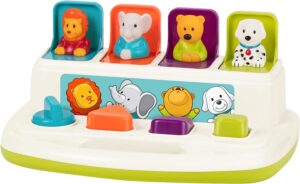
Four different animals pop out and are ready to play with Pop-up Pals by Battat: Press each key on this cute button to see which animal appears on their friendly faces. Each switch requires a different action—twist, press, flip, or slide—to see which animal appears. There’s a tiger, an elephant, a bear, and a dog to explore.
As toddlers play with this interactive toy and develop their hand-eye coordination and fine motor skills, they’ll also learn about the concept of cause and effect and practice their colour recognition skills. This colourful and fun toy is suitable for 18 months and up.
Sassy Wonder Wheel Activity Center

The bright colors of the spinner, cascading beads, and sassy wonder wheel encourage the baby to reach, tug, and bat, strengthening hand-eye coordination. Colored dots are strung inside the structure, which helps the baby associate sound with sight. Spinning center pieces provide a high level of visual tracking and strengthen fine motor skills.
Melissa & Doug Deluxe Pounding Bench Wooden Toy With Mallet

The Deluxe Pounding Classic Toy features colourful, non-removable pegs that go up and down on an engaging bench; children play peek-a-boo and enjoy practising fine motor skills. They develop hand-eye coordination and fine motor skills; the Pounding Bench wooden toy is an excellent gift for 2-4-year-olds.
Infantino Bop & Drop Ball Tower – STEAM Educational Play, and Cause and Effect Play for Babies

Kids will have fun hammering these brightly coloured balls through the holes in the tower. The classic toy includes viewing slots in tunnels. Challenge your kids to see the circles at the top to identify the colours of the balls. One perfectly sized hammer for curious little hands. The bop and drop tower includes two slides and two peek-a-boo tunnels; it supports hand-eye coordination and fine motor skills.
VTech Sit-To-Stand Learning Walker

The Sit-to-Stand Learning Walker helps a child transition from crawlers to walkers through adaptive technology. When they learn to walk and learn their first words. Spinning gears, five piano keys, three coloured rollers, three light-up shape sorters, three light-up buttons and a telephone handset offer endless fun while strengthening baby’s active little hands and fingers. Baby Activity Center teaches shapes, colours, animals, music, and fun toys suitable for nine months and up.
Conclusion
Cause and effect toys for babies are more learning and development tools than playthings. Children play with toys and develop cognitive, motor, language, problem-solving, and emotional skills. Joyful moments and breakthroughs in understanding cause and effect foster a sense of accomplishment that resonates deeply. So, embrace the wonder of cause-and-effect toys as steps towards a brighter, more enriched future for babies.
What are cause-and-effect toys, and why are they essential for babies’ development?
Cause-and-effect toys demonstrate a clear relationship between actions and outcomes, helping babies understand cause-and-effect relationships, which are crucial for cognitive and motor skill development.
What should I look for when choosing cause-and-effect toys for my baby’s age and developmental stage?
Consider age-appropriate complexity and safety features, aligning the toy’s activities with your baby’s motor and cognitive development.
Can cause-and-effect toys help with my baby’s cognitive development, and how?
Cause and effect Toys can stimulate your baby’s cognitive development by teaching them about cause-and-effect relationships and enhancing problem-solving skills through hands-on exploration.
